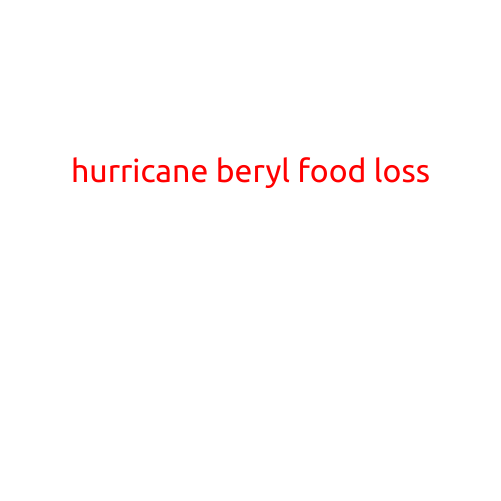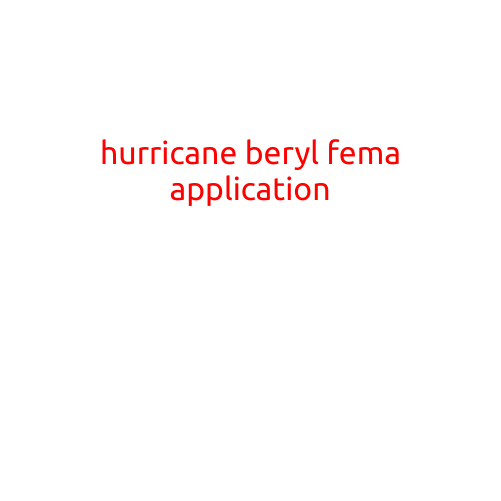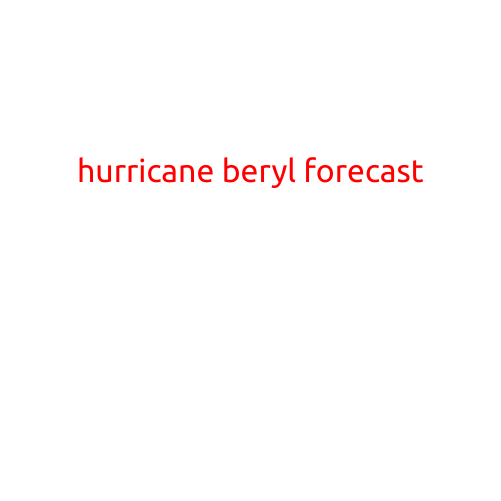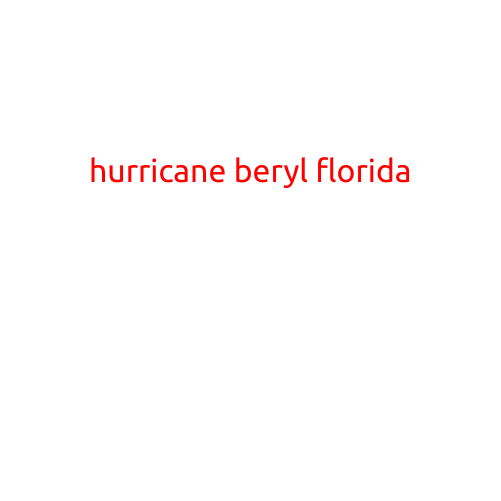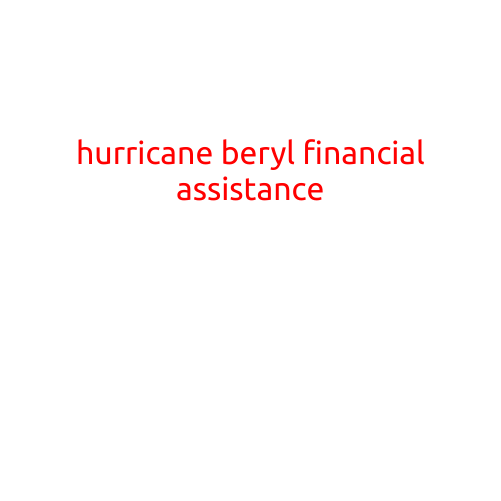
Hurricane Beryl Facts: Understanding the Twelfth Named Storm of the 2018 Atlantic Hurricane Season
Hurricane Beryl was a unique and fascinating storm that made headlines in the summer of 2018. As the twelfth named storm of the Atlantic hurricane season, Beryl was a rare example of a hurricane that formed east of the typical hurricane-prone areas of the Atlantic. In this article, we will delve into the facts about Hurricane Beryl, exploring its formation, track, and impact on the region.
Formation and Tracks
Hurricane Beryl formed on July 13, 2018, approximately 615 miles (990 km) southeast of the Cabo Verde Islands. It was the earliest “B”-named storm on record, beating the previous record set in 2000. Initially, Beryl was a tropical depression before strengthening into a tropical storm on July 14. Over the next few days, the storm underwent rapid intensification, reaching hurricane strength on July 16.
Beryl’s track was unusual, as it moved westward across the Atlantic, avoiding the typical hurricane-prone areas of the Caribbean and the Gulf of Mexico. Instead, the storm aimed for the Azores Islands, a remote archipelago in the North Atlantic.
Peak Intensity
On July 18, Hurricane Beryl reached its peak intensity with maximum sustained winds of 75 mph (120 km/h) and a central pressure of 982 mbar (29.00 inHg). The storm’s peak intensity was relatively modest compared to other hurricanes, but its unusual track and rapid intensification made it an interesting case study.
Impact and Landfall
Despite its relatively low intensity, Hurricane Beryl still brought significant winds and rain to the Azores Islands. The storm made landfall on the island of Faial on July 19, causing power outages and damage to buildings. The port city of Horta, the capital of Faial, was particularly affected, with waves reaching heights of up to 15 feet (4.5 meters).
Facts and Figures
Here are some key facts and figures about Hurricane Beryl:
- Beryl was the twelfth named storm of the 2018 Atlantic hurricane season, tying the record set in 2005.
- The storm’s formation in the eastern Atlantic was unusual, as most hurricanes form in the Caribbean or Gulf of Mexico.
- Beryl’s rapid intensification from a tropical depression to a hurricane in just 36 hours was unprecedented in the Atlantic.
- The storm’s maximum sustained winds were weaker than most hurricanes, but its intense rainfall and strong winds still caused significant damage.
- Hurricane Beryl made landfall on the Azores Islands, marking the first time a hurricane had made landfall in the region since Hurricane Kate in 1985.
Conclusion
Hurricane Beryl may have been an unusual storm in terms of its formation and track, but its impact on the Azores Islands serves as a reminder of the importance of preparedness and awareness of tropical cyclones, even in the distant reaches of the Atlantic. As the Atlantic hurricane season continues to evolve, it is crucial for governments, meteorologists, and the public to remain vigilant and prepared for the unexpected.
